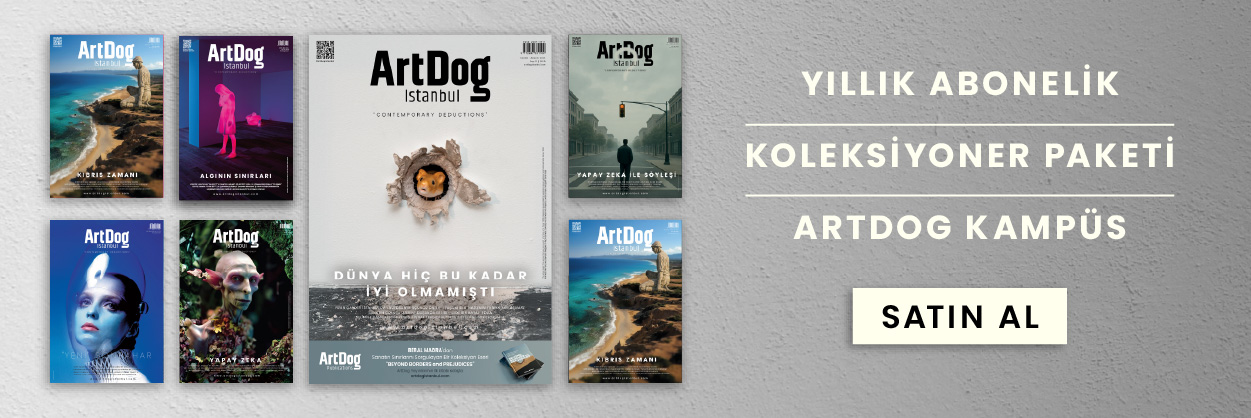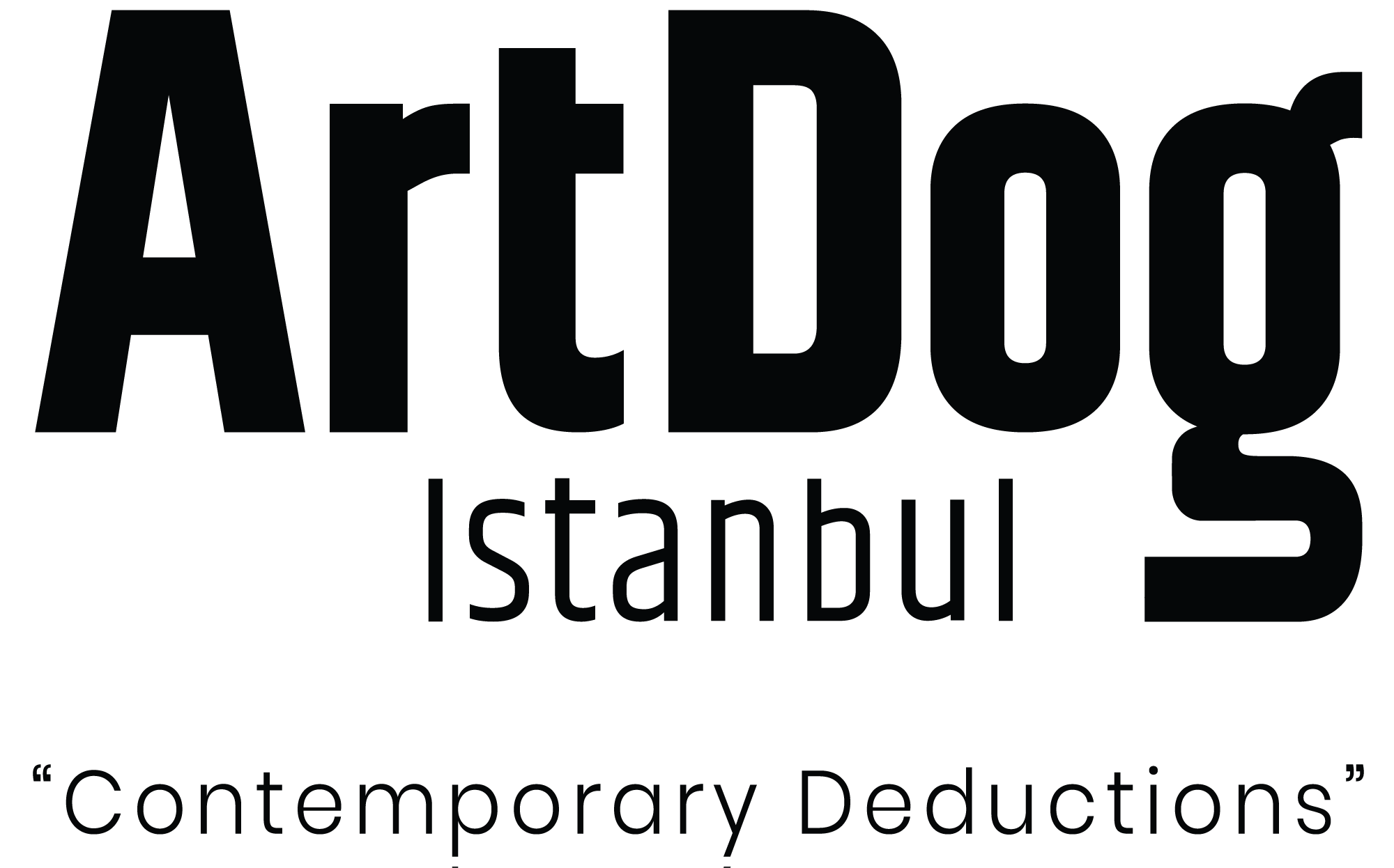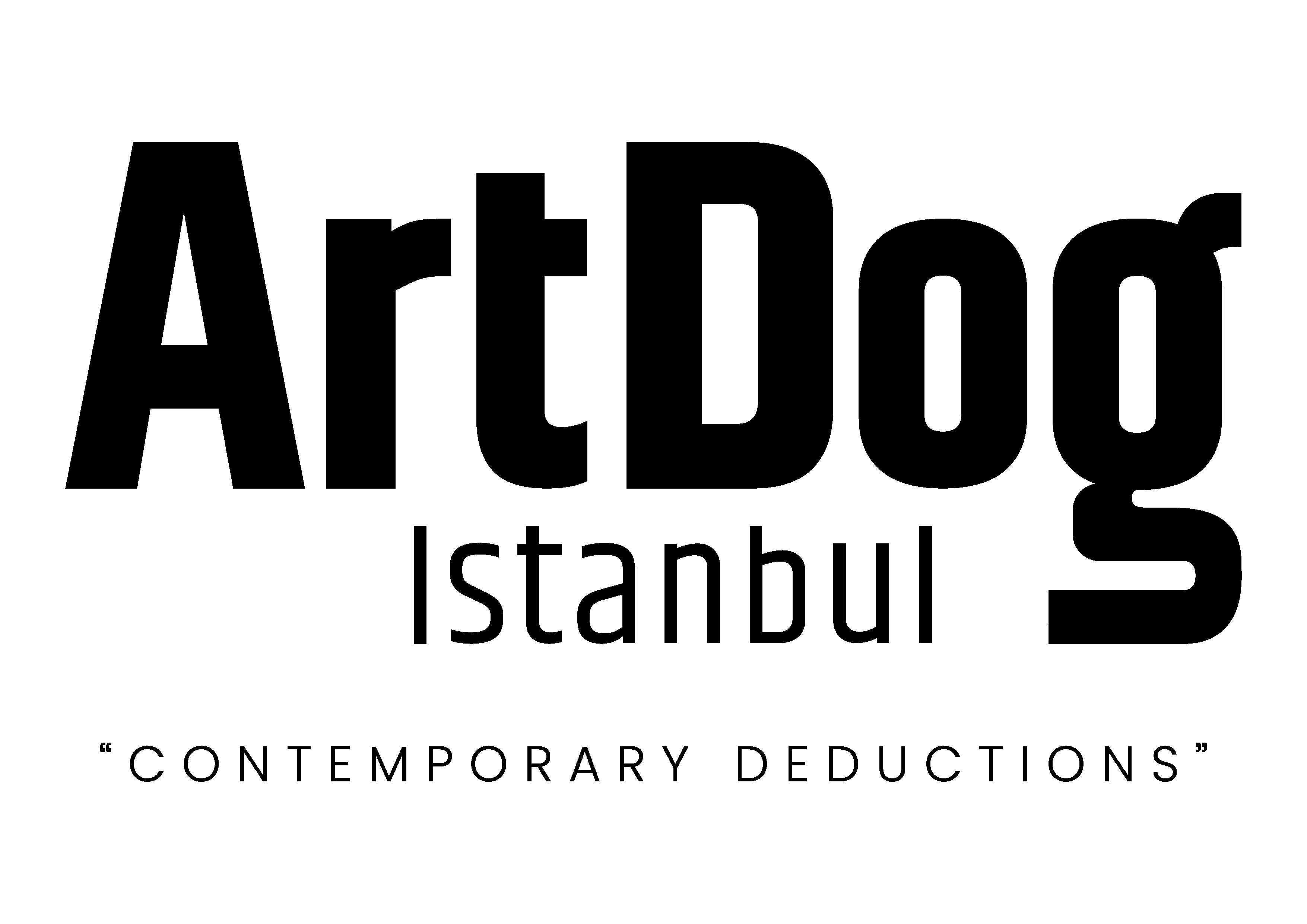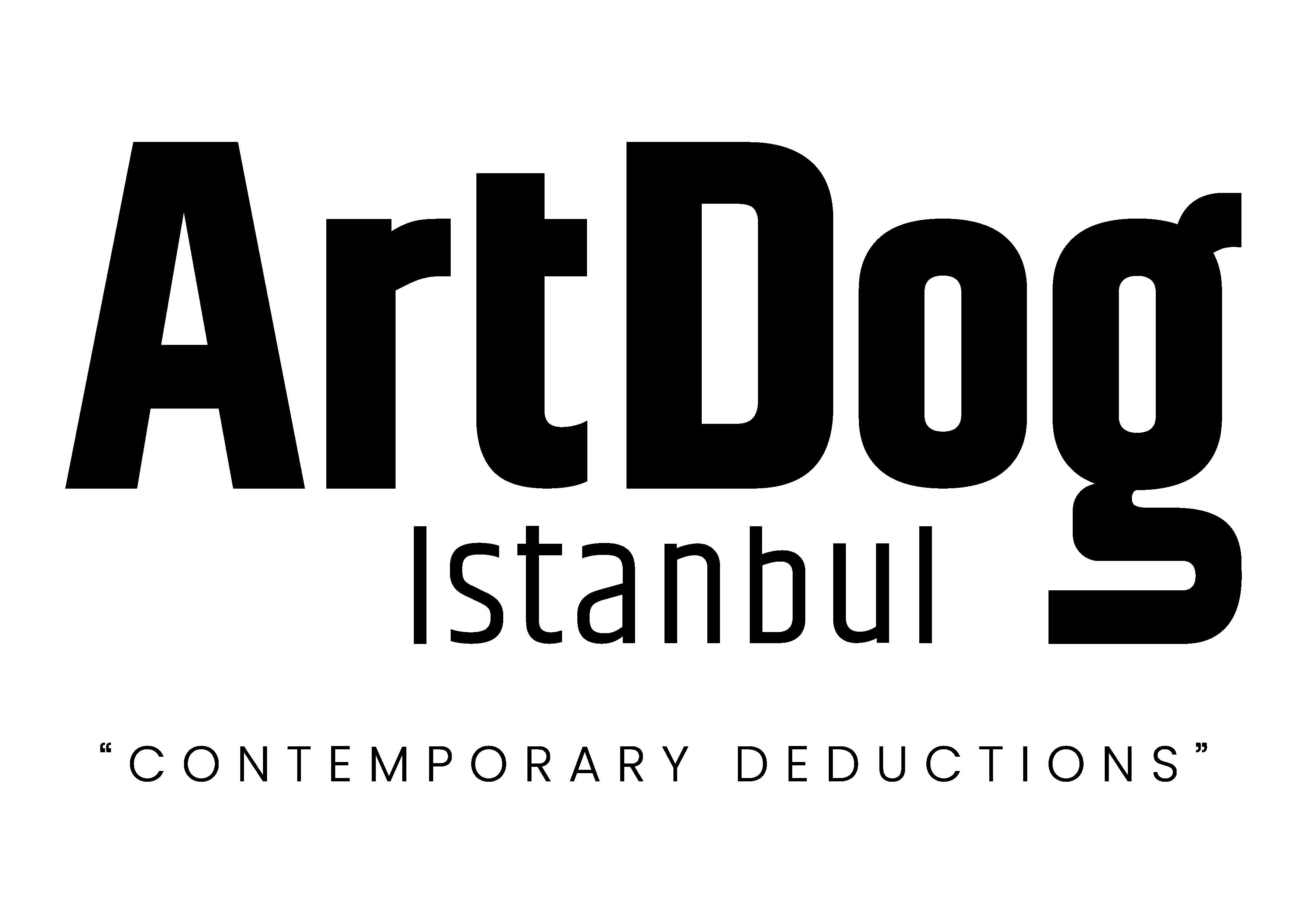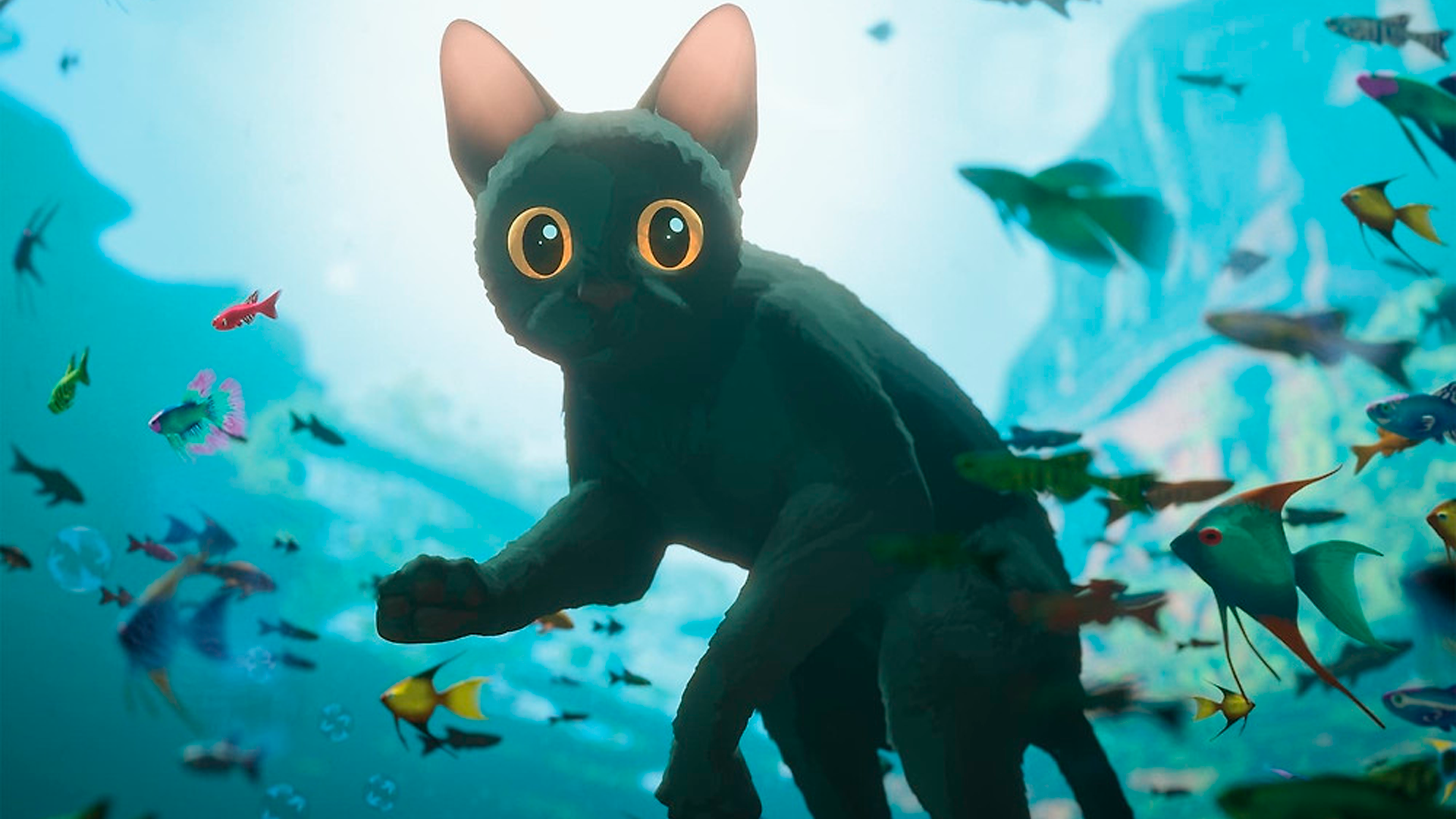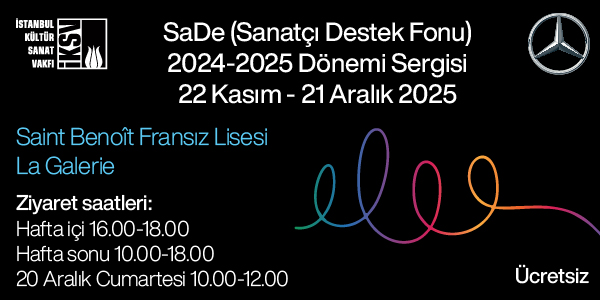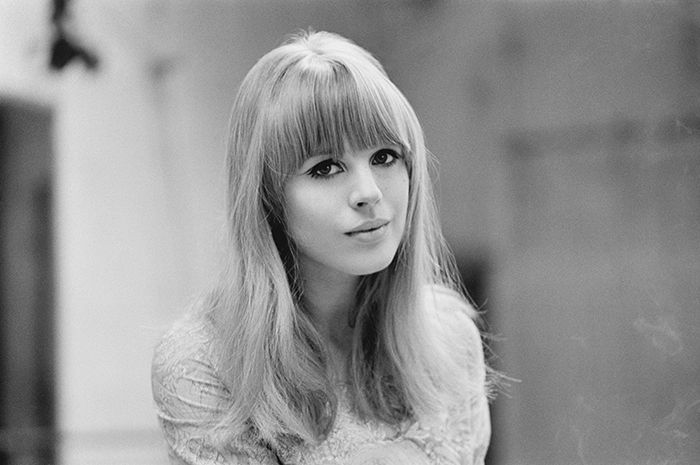Making a deep impact in the animation world with dialogue-free narration is not something every director can master. However, Latvian director and animator Gints Zilbalodis achieves this spectacularly with Flow. Zilbalodis, who attracted attention with the silent animation film Away, which he directed in 2019, continues the same creative narrative technique in Flow. This production, screened in the Un Certain Regard section of the Cannes Film Festival and nominated as the best-animated film of the 97th Oscars, is one of the most original and impressive animated films of recent years.
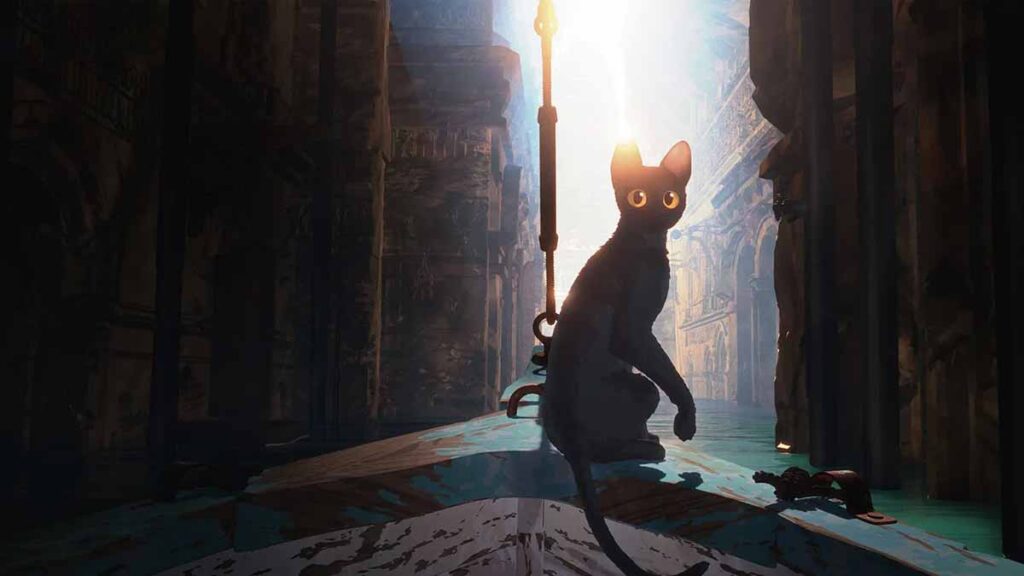
The Power of Nature and the Absence of Man
The film revolves around our main character, “Cat,” whose name we do not know but whose emotions and journey we experience during the movie. This cat, which initially loved loneliness and saw survival as an individual struggle, had to cooperate with other animals to survive after a major flood. Throughout the film, we witness the conflict between loneliness and community awareness.
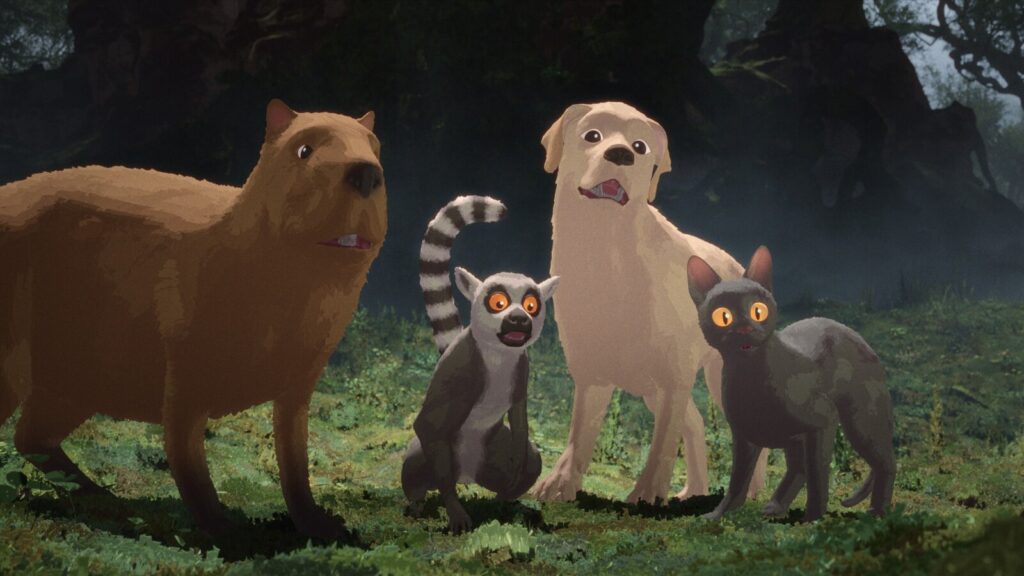
Zilbalodis’ animation style effectively conveys emotion without dialogue. The cat’s body language, ear movements, and slight tail flicks reflect its thoughts and feelings. Even a subtle change in the cat’s eyes or a brief bend of its tail can communicate its mood to the viewer.
The movie Flow features no people, creating a significant gap filled only by nature and animals. This absence has a profound meaning. While the film explores human impact on nature and the ecosystem, it also illustrates that nature and animals can thrive without human interference. The lack of humans serves as a reminder that there is order within nature’s cycles. This choice highlights nature’s power and the necessity of living in harmony with it, especially as humanity confronts ecological crises and environmental destruction. Moreover, this nature-centered narrative transcends human perspectives and reinforces the notion that everything in the universe is interconnected.
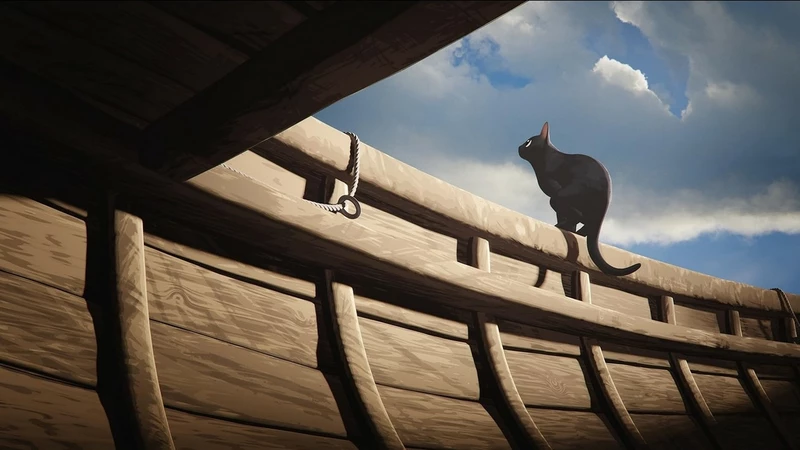
Flow breaks away from traditional animation and gives the audience the feeling of found footage with its handheld camera aesthetic. Although it is fully three-dimensional, some parts are deliberately designed without details, giving the scenes a realistic, improvisational feel.
Zilbalodis describes the film as the “flow of an intuitive fantasy,” which creates a hypnotic effect with its scenes oscillating between dream and reality. The transitions between above and below the water, combined with the excellent use of sound design, put the audience right in the middle of the events. Flow stands out as one of the films that most effectively uses the power of dialogue-free narration.
Flow and Today’s World: Being in Harmony with Nature
While the film appears to be merely a story of survival at first glance, it offers a sharp commentary on today’s world. It can be interpreted as a metaphor for the great flood disaster, global warming, and ecological crises. In his struggle for survival, the Cat learns the necessity of living in harmony with nature. The idea that humanity should learn to coexist with nature instead of confronting it by prioritizing individual interests is a fundamental subtext of the film. In this sense, Flow transcends being just an animated film; it serves as an artistic response to the crises of the modern era. The film highlights the significance of being in sync with nature rather than opposing it. It reminds us of the importance of striving to understand the world around us instead of imposing our own rules on it.

